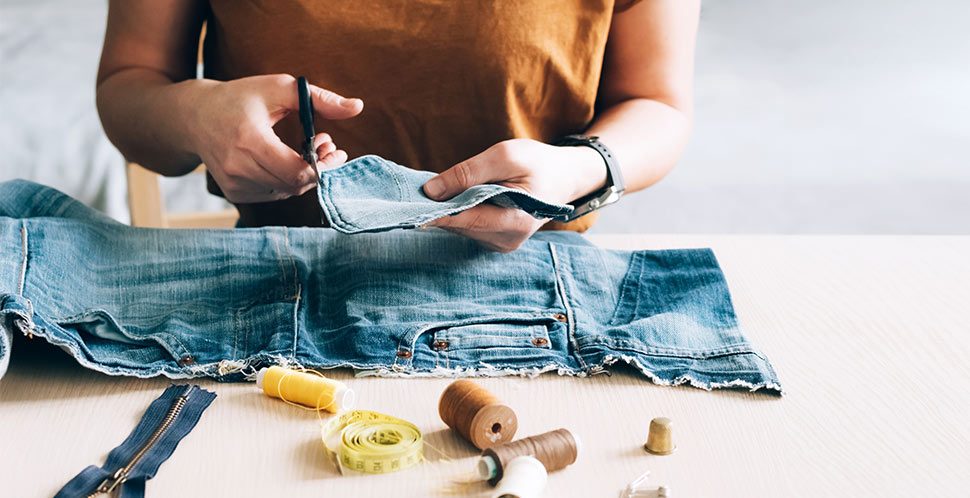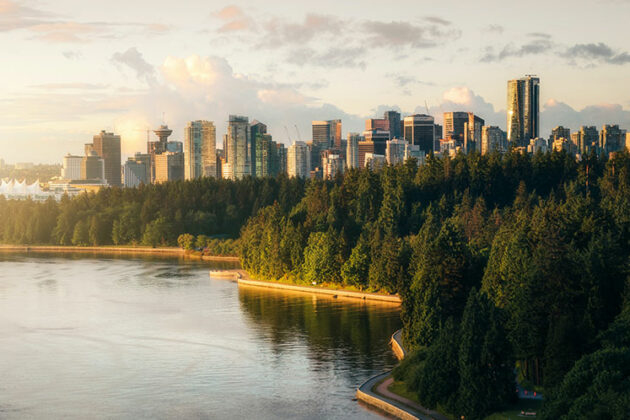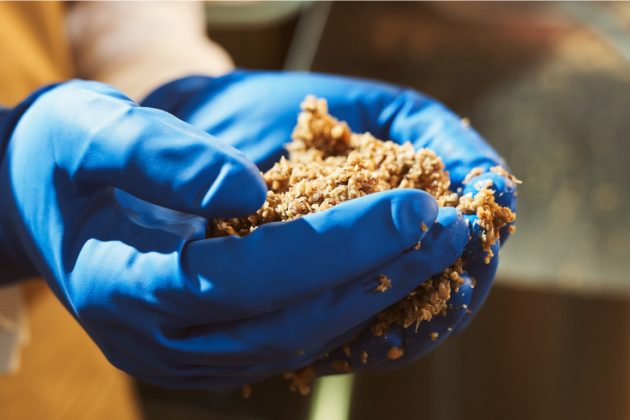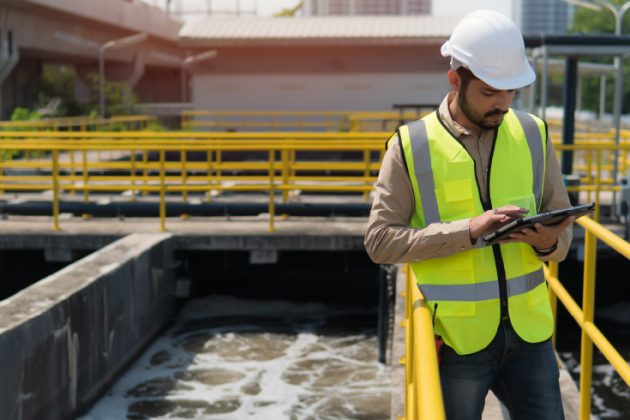Does the apparel industry needs a redesign? Managing Vancouver’s textile waste and the industry’s environmental impact
According to the Metro Vancouver Regional District (MVRD), textiles represent one of the fastest growing waste streams, accounting for 7.7 percent of all solid waste produced in the region. Half of Vancouver region’s textile waste is comprised of commercial, recreational, and residential textiles such as filters, upholstery, tents, towels and bed linens. The other half is entirely made up of discarded clothing, up to 95% of which could be reused, repaired, or recycled.
A 2021 feasibility study on textile recycling published by Fashion Takes Action found that textiles account for 7% of all plastics in Canadian landfills. In Metro Vancouver alone, the 44 million pounds, or 20 million tonnes, of textiles tossed every year represents a significant contributor to the climate crisis. This environmental impact is as much due to the raw materials, energy, synthetic chemicals, and transportation required to create, distribute and sell products as the pollution and waste generated at the garments’ and textiles’ end of life.
The rate and volume of clothing disposal is attributed to the swiftness and low cost of participating in fast fashion cycles, which has contributed to a rise in clothing consumption and disposal. Metro Vancouverites throw out an average of 17 pounds of clothes (equivalent to 44 T-shirts) per capita per year. This all represents an enormous opportunity and challenge for the circular economy.
Circular fashion and apparel
While sustainable textiles are a key aspect in minimizing the global environmental impact of the apparel and other commercial textiles industry, switching to biodegradable or natural fibres is neither the only nor most effective solution for managing waste in Vancouver’s fashion and apparel industries. While some fibres have lower environmental burdens – as in hemp, bamboo or natural fibres that are abundant or byproducts in other industrial processes – it requires more than 20,000 litres of water to produce just a kilogram of cotton. On the other hand, flax plants require less than 700 litres of water to produce each kilogram of linen.
The bigger-picture solution, therefore, may lie in circularity and the circular economy: the regenerative model of design, production and resource management that preserves the value of materials through multiple product lifecycles by prioritizing their reuse and reclamation.
“Apparel circulating through the circular fashion system is designed so that it becomes a resource (asset) instead of a waste (liability) at the end of its life. In practice, this translates to products that are designed to last; and products that are designed to be recycled or returned to the biological cycle at the end of their useful life.”
Karen Storry and Andrea McKenzie, “Unravelling the Problem of Apparel Waste in the Greater Vancouver area”
Thankfully, leaders in Vancouver’s industry are continually rising to the challenge. Debrand works with major apparel retailers and brands to reuse, recycle and ultimately recover value from surplus stock or other end-of-life textiles. Anián Mfg is a circular fashion label designed in Victoria and manufactured in Vancouver that sources material from textile salvage facilities in Europe. Fyo͞ocher garments are entirely designed and made from locally sourced upcycled or deadstock fabrics rescued from landfill.
Startups such as Tradle, a sustainable and circular baby clothing subscription, leverage the circular and sharing economy principles to deliver “toddler clothing as a service” for young children (ages 0-24 months) who outgrow their clothing at a rapid pace.
It should come as no surprise that Vancouver has a thriving sustainable textile and fashion design industry
Here are a few examples of Vancouver-based sustainable clothing, fashion and labels:
Aisle | ANIÁN | Arraei Collective | Decade Studio | Free Label Clothing | Fyo͞ocher | Gentle Fawn | Londre Bodywear | Native Shoes | Novel Supply Co. | Nettle’s Tale | Tentree
“Unravelling the problem of apparel waste in the Greater Vancouver area”
At the policy level, the City of Vancouver (COV) and MVRD have considered the logistics and impact of banning textile disposal in landfills. In 2015, Vancouver Economic Commission joined COV and MVRD in a multistakeholder industry innovation lab convened on how to solve textile waste in the region, the outcomes of which are summarized in the paper “Unravelling the Problem of Apparel Waste in the Greater Vancouver area.” The facilitated lab still lives on as the Textile Lab for Circularity, and interested businesses are encouraged to get involved.
One outcome of the 2015 textile and apparel lab is the venture FabCycle, a collection service that works with local apparel manufacturers such as factories, fashion designers and schools to collect, recycle and reuse bolt ends, scraps and offcuts. FabCycle now operates a Textile Waste ReUSE Centre in Vancouver, which provides an open and inclusive physical space for the local community to experiment with second-life textiles.
Sources: FabCycle, Metro Vancouver Regional District, City of Vancouver, Vancouver Economic Commission
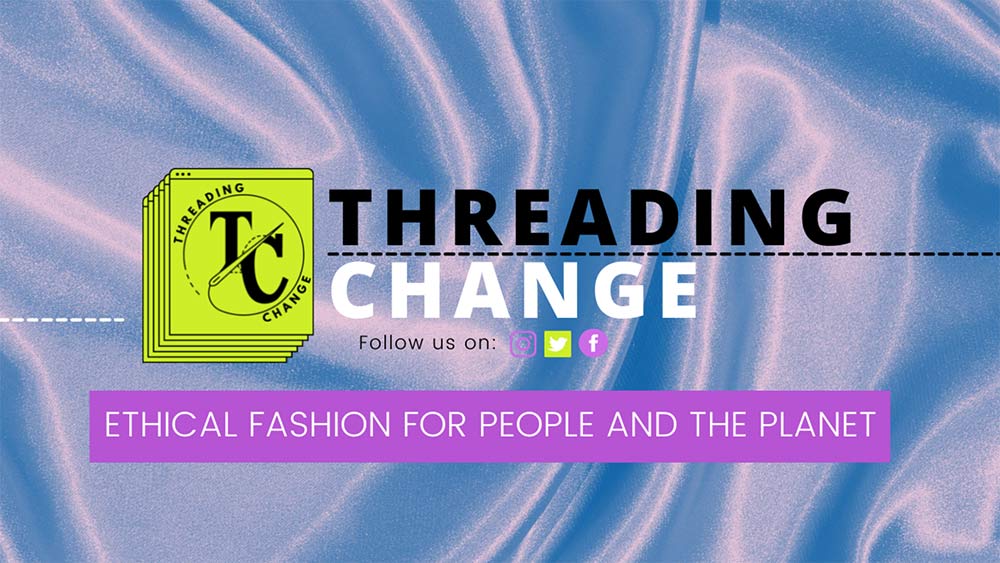
Vancouver Spotlight: Threading Change
Threading Change is an ambitious international youth-led organization working to achieve a Feminist, Fossil-Fuel-Free Fashion Future. The organization focuses on education, storytelling, innovation, and consultation to achieve a future where fashion is circular, just, and intersectional – with climate, gender, and racial equity at the forefront of design and production.
Threading Change also provides expertise to address the lack of experience with SDGs for companies aiming to implement sustainable and ethical solutions in the industry, doing so through anti-racist and anti-oppressive practices.
“We have to stop viewing our clothing as commodities, and instead view them as stories. Threading Change is proud to train and educate a new generation of ethical fashion and circular economy leaders, while working with current leaders in the space to uphold intersectionality, and progress towards true circularity in the industry together.”
Sophia Yang, Founder and Executive Director, Threading Change
How you can make a difference
- Repair, reuse and recycle. Hang on to items for longer by learning simple repair skills and upcycling apparel into different uses around the home.
- Buy quality and buy secondhand. Local thrift and consignment clothing stores have many, many options for the wardrobe!
- Connect with community. Visit FabCycle’s Textile Waste ReUSE Centre or attend a textile repair café run by MetroVan Repair Café to connect with other enthusiasts
- Learn more by checking out the report Unravelling the Problem of Apparel Waste in the Greater Vancouver area
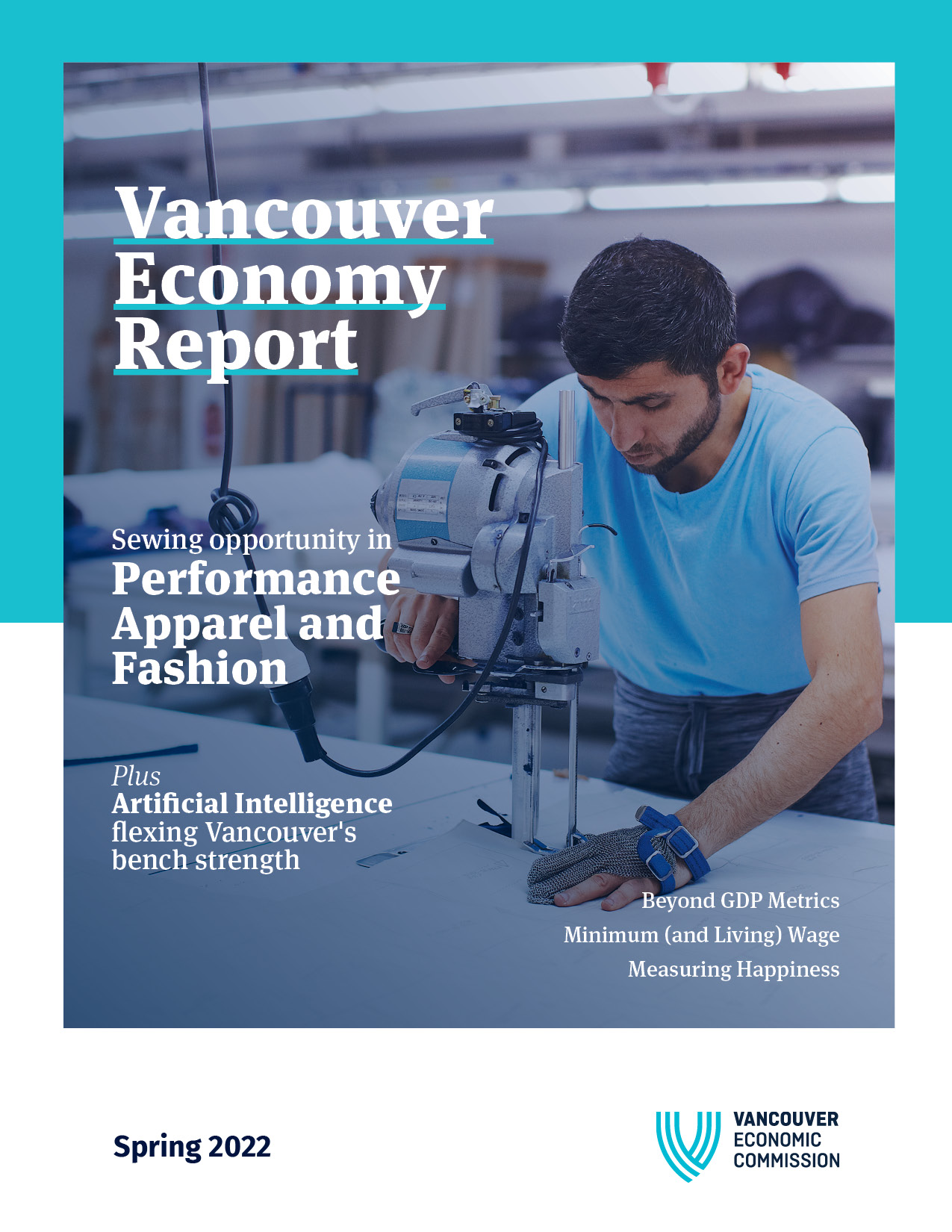
The Vancouver Economy Report
A preview of this article first appeared in the regular Industry Profile of the Spring 2022 edition of the Vancouver Economy Report. For more articles exploring economic issues, trends, and emerging sectors, subscribe to our free economy report and check out the full issue:
Read the Report
